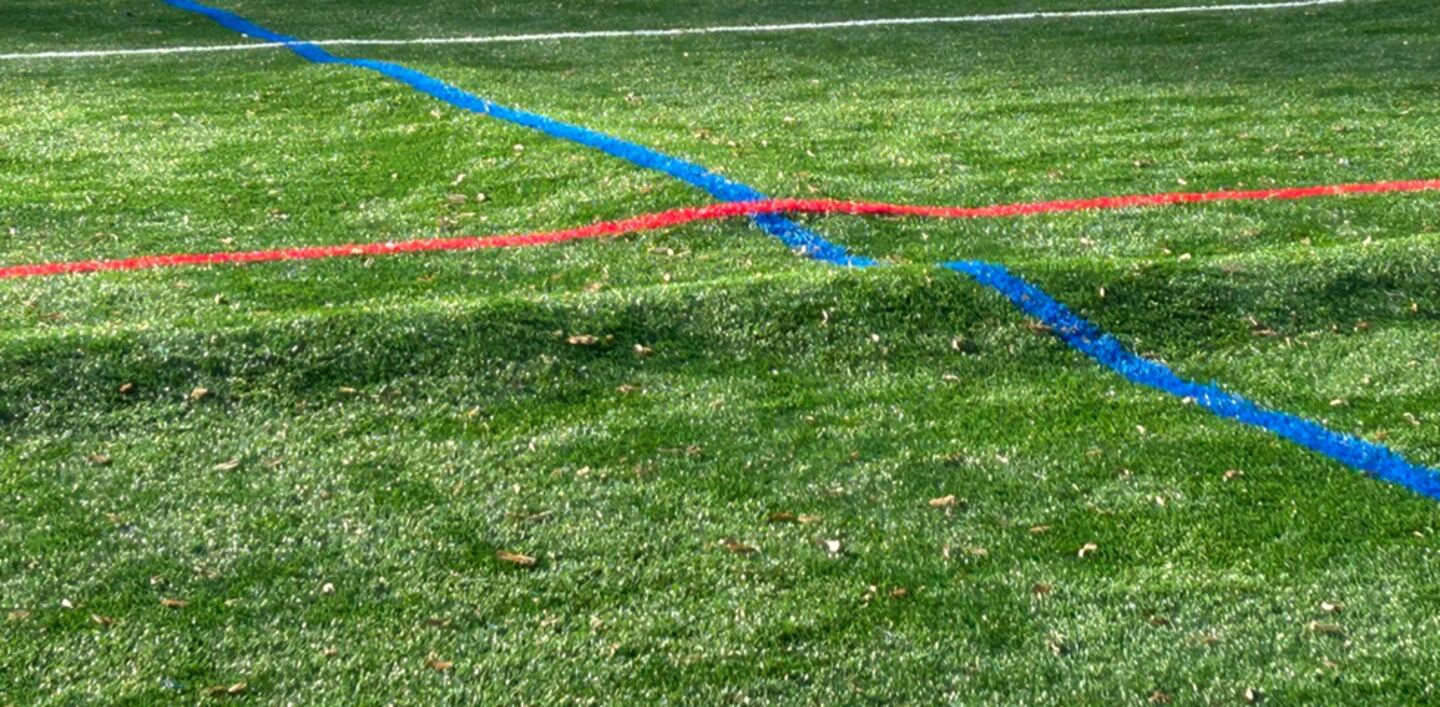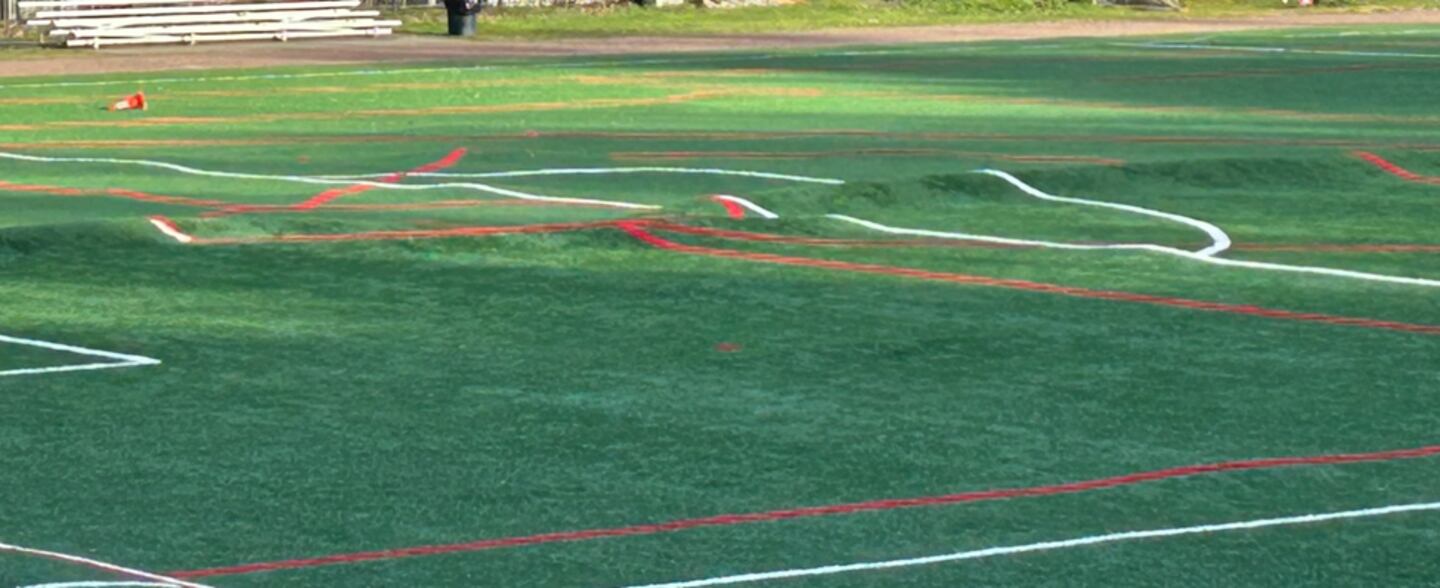SEATTLE — Large lumps were spotted across nearly a dozen Seattle synthetic fields, amid the sub-freezing temperatures, prompting a temporary closure.
Viewers captured the large lumps, appearing in straight and circular lines, across the fields.
KIRO 7 reached out to Seattle Parks and Recreation about the issue on Wednesday.
Rachel Schulkin, a spokesperson for the City of Seattle, said her team is currently investigating the cause behind the issue.
However, she said she believes the sub-freezing temperatures were a factor.
This is the first time she has seen this in the past six years, she said.
On Monday, the City of Seattle closed nine synthetic fields that had been affected by the strange phenomenon, including the following:
- Queen Anne Bowl.
- Loyal Heights Playfield.
- Lower Woodland Playfield #2.
- Lower Woodland Playfield.
- Magnuson Park Field #6.
- Magnuson Park Field #7.
- Jefferson Park Playfield.
- Washington Park Playfield.
- Montlake Playfield.
The City manages around 35 synthetic fields across Seattle.
As of Tuesday afternoon, Schulkin said the following fields were able to resolve the issue naturally.
- Magnuson 6.
- Magnuson 7.
- Lower Woodland 2.
- Jefferson.
- Queen Anne Bowl.
The other impacted fields will remain temporarily closed for the time being, Schulkin said.
KIRO 7 spoke with Tobi Chauvet, who saw the lumps after she and her husband had been walking around Lower Woodland Park.
“Last week, it was quite frozen out and we were passing through on a walk, and we noticed there were lots of lumps and bumps on the field,” she said. “I was not sure what to think. It was just an odd site. Not used to seeing that.”
KIRO 7 also spoke with Bernard Hallet, Emeritus Professor in UW’s Department of Earth and Planetary Sciences, to learn more about what may be possibly causing this.
And he believes frost heaving could be a possibility.
“The water is all moving in the soil,” he said. “It actually pushes up the surface.”
Frost heaving happens when water in the soil freezes and expands, which then pushes the soil outward.
Hallet said when the temperature is at or near 32 degrees, water is still able to move within the soil.
“Below the surface, the water can still migrate and make it to the centers and fuel the bodies of ice that are growing because of the appropriate temperatures,” he said. “The water continues to seep up to the surface to feed these candles of ice.”
However, due to the straight and circular lumps captured in the photos, he said he believes there is something else in the ground that could be influencing this beyond mother nature – water pipes.
“If there’s more moisture there because of some leakage or something, clearly if there’s more moisture, there’s more ice.” He said, “When you actually dig up, trench, to put in the pipes, you disrupt the soil and that could make it more susceptible to frost heaving.”
However, Schulkin could not confirm if water pipes were the reason behind the issue.
KIRO 7 also spoke with a local company that installs synthetic fields in the region.
An official said he estimates it would cost roughly around $1 million to replace a synthetic field, without assessing the damage in detail, and would take about two months to complete the work.
©2024 Cox Media Group







